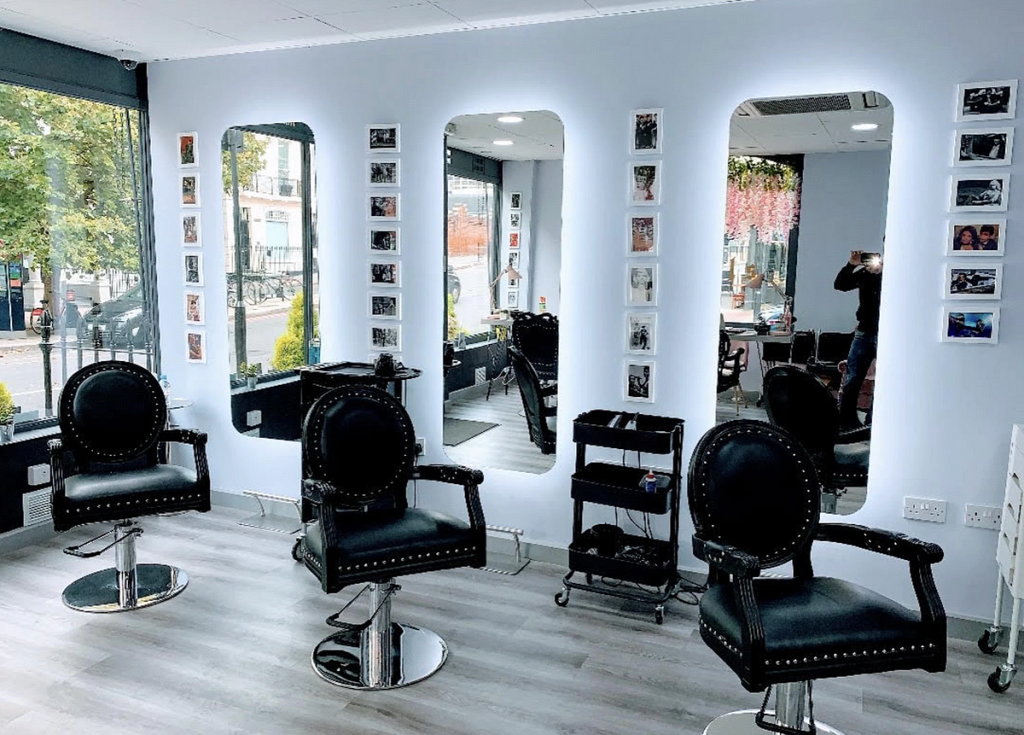Innovative Materials – The Future of Salon Chair Manufacturing and What It Means for Salons
The landscape of salon furniture, particularly the ever-important salon chair, is on the cusp of a revolution driven by innovative materials. These advancements promise not only a sleeker and more aesthetically pleasing salon environment but also a significant impact on functionality, client comfort, and salon sustainability. Let’s delve into how these cutting-edge materials are reshaping the world of salon chair manufacturing and what this means for the future of salons. At the forefront of this material revolution are lightweight yet incredibly strong alloys and composites. Traditional salon chairs relied heavily on bulky steel frames, which while durable, presented limitations in terms of design flexibility and weight. New-age alloys like titanium and aluminum offer the same level of strength at a fraction of the weight, allowing manufacturers to create chairs with sleek silhouettes and ergonomic designs. This translates to a more contemporary and spacious salon aesthetic, but the benefits extend far beyond visual appeal. Lighter chairs are easier to maneuver, reducing strain on salon staff during cleaning and rearranging.

Another exciting development is the incorporation of self-healing materials like shape-memory polymers. Imagine a salon chair that can automatically buff out minor scratches or nicks, eliminating the need for frequent upholstery replacements. This not only reduces long-term costs for salons but also contributes to a more eco-friendly operation by minimizing waste. Additionally, advancements in breathable and temperature-regulating fabrics promise to enhance client comfort significantly. Say goodbye to overheated or clammy chairs! Breathable mesh fabrics and temperature-controlled materials will ensure year-round client comfort, leading to a more positive salon experience. Furthermore, innovative materials are opening doors to improved hygiene and sanitation within salons. Antimicrobial fabrics embedded with silver ions or other germ-fighting properties can significantly reduce the spread of bacteria and viruses between clients. This is especially crucial in today’s hygiene-conscious world and can give both staff and clients added peace of mind.
The adoption of these novel materials signifies a move towards sustainable practices within the salon industry. Lightweight chairs require less energy for transportation and manufacturing, while self-healing materials and durable fabrics minimize waste. Salons committed to environmental responsibility will find these advancements particularly appealing. Durability is another key area where innovative materials are making a difference. High-performance fabrics like stain-resistant synthetics and easy-clean leathers make maintaining pristine salon hygiene effortless. Gone are the days of worrying about spilled color treatments or persistent hair dye stains. These new materials can withstand the daily wear and tear of a busy salon environment, while also being significantly easier to clean and disinfect. In conclusion, the incorporation of innovative materials in Omysalon chair manufacturing represents a significant leap forward for the salon industry. From improved aesthetics and functionality to enhanced client comfort and eco-friendly practices, these advancements promise to redefine the salon experience for both staff and clients.